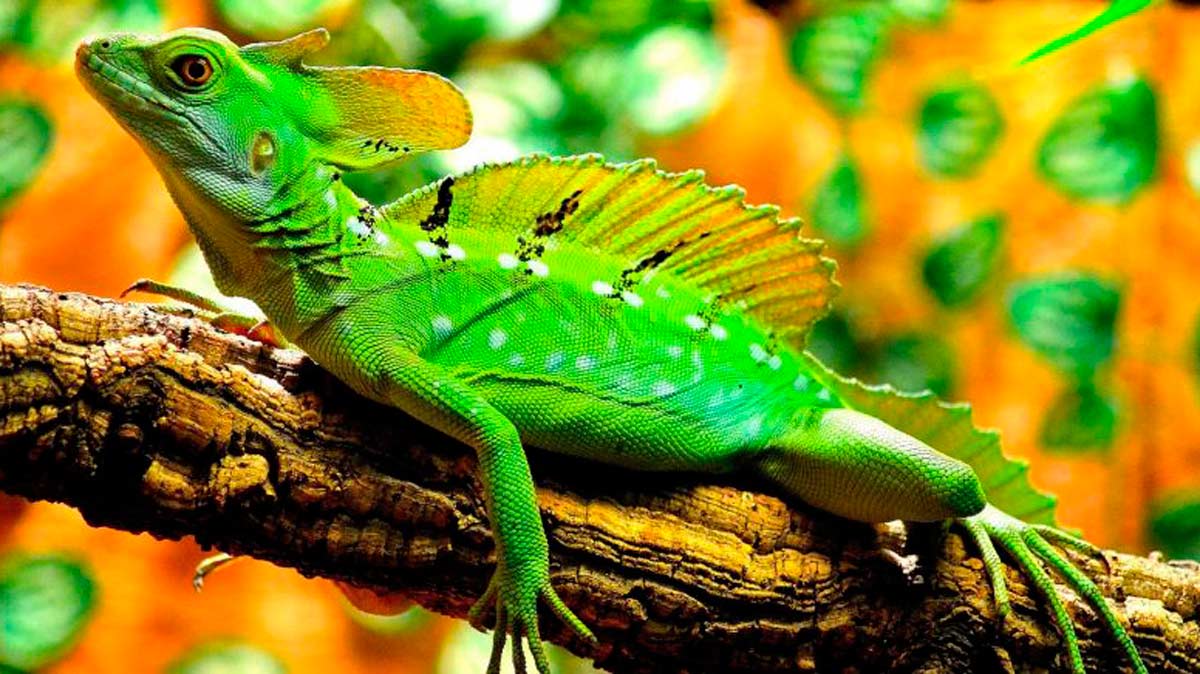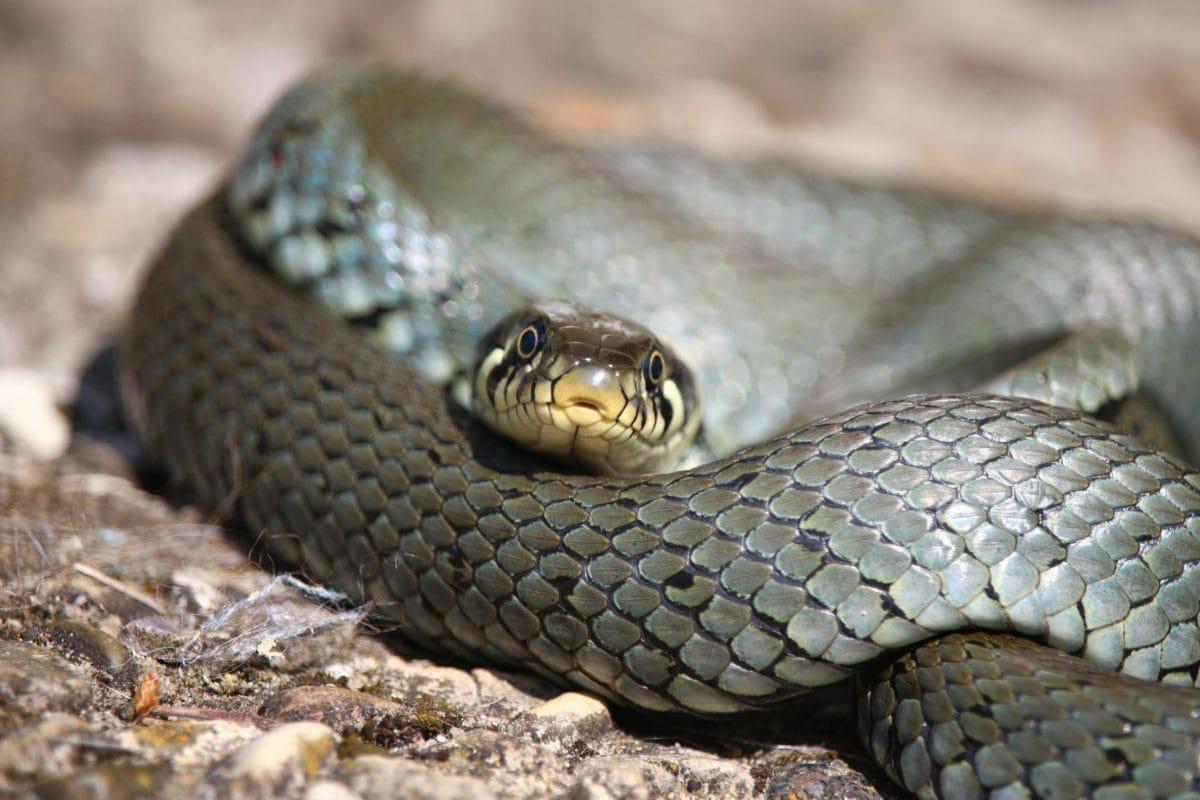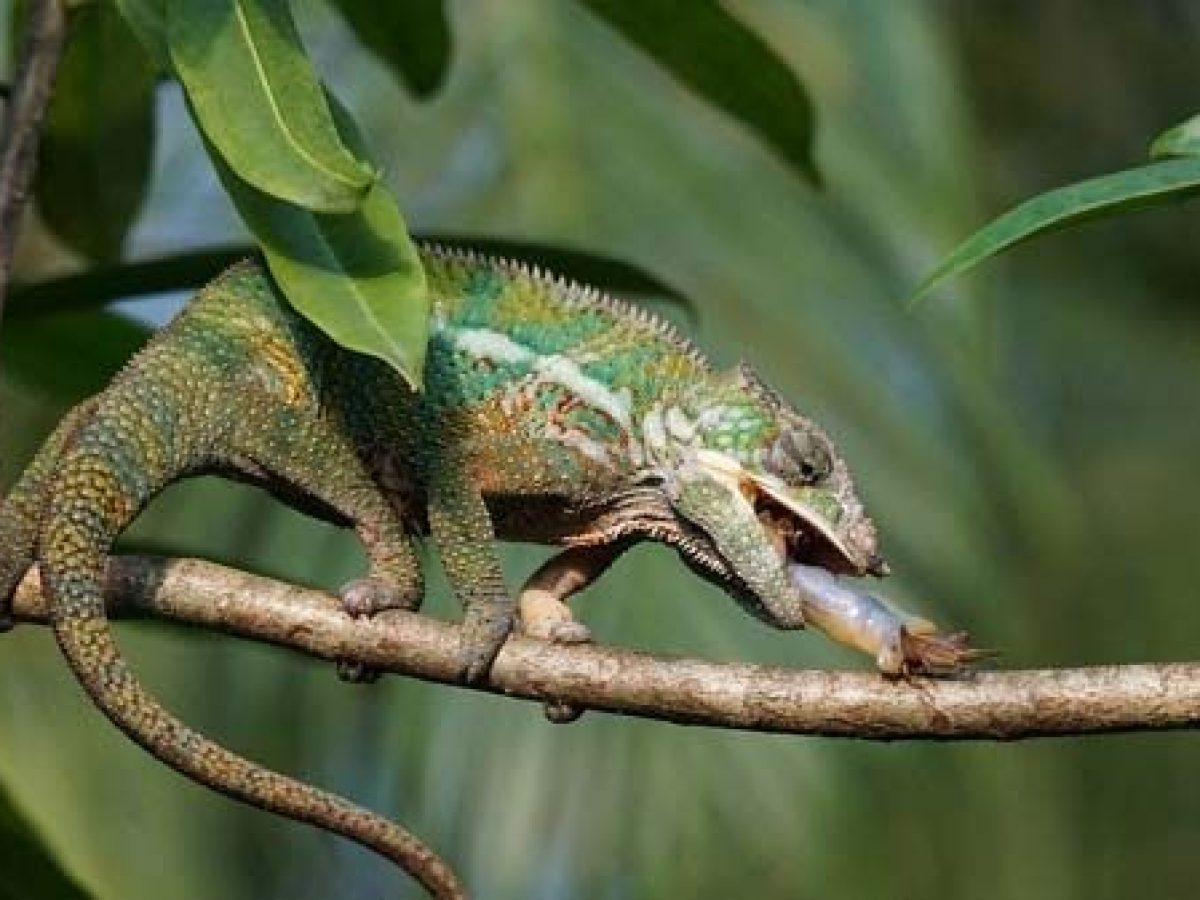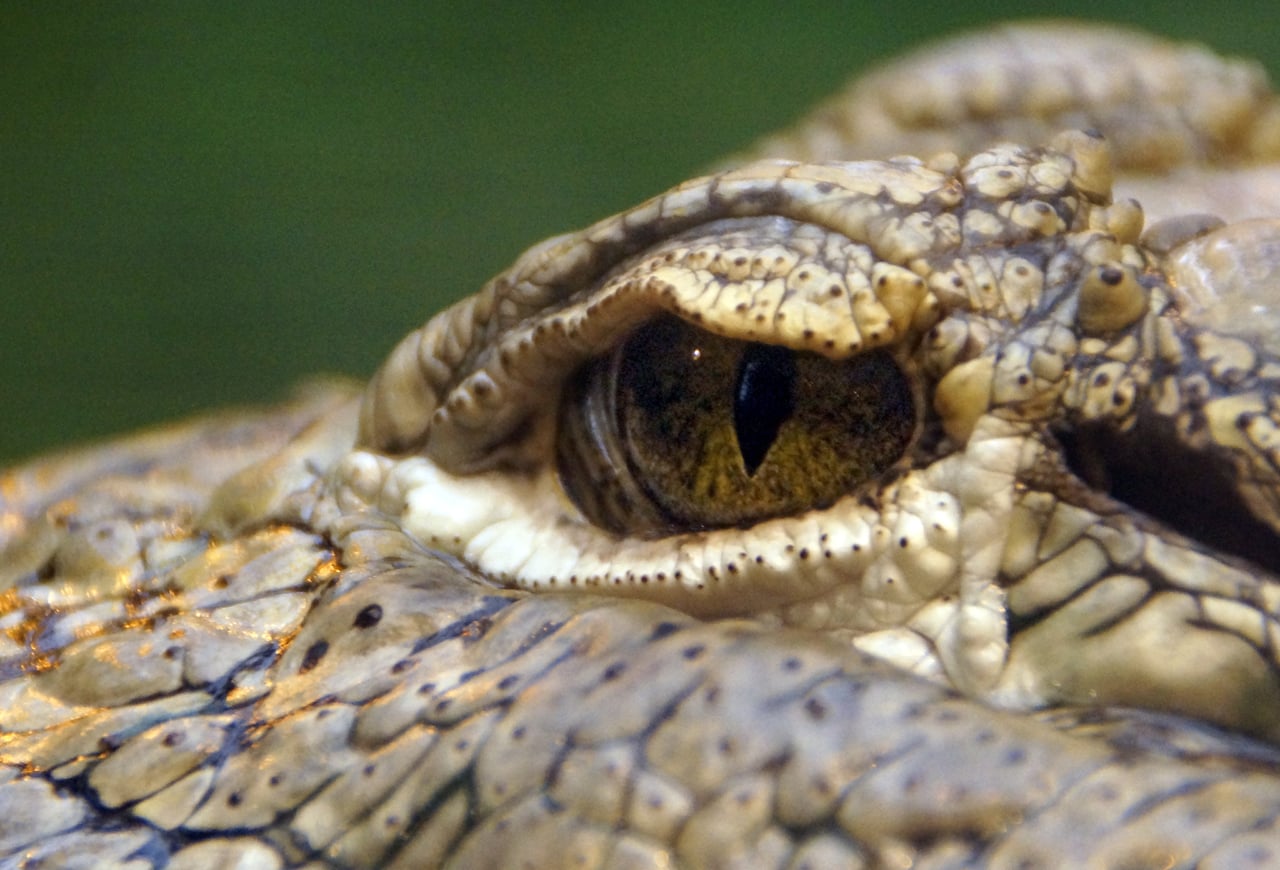When we talk about the group of animals of the reptile species, we are referring to a wide variety of animals of this species. In this article we are going to explain each of the characteristics of reptiles and we will also talk a little about the classification of this species. For this reason, I invite you to continue reading the following article.
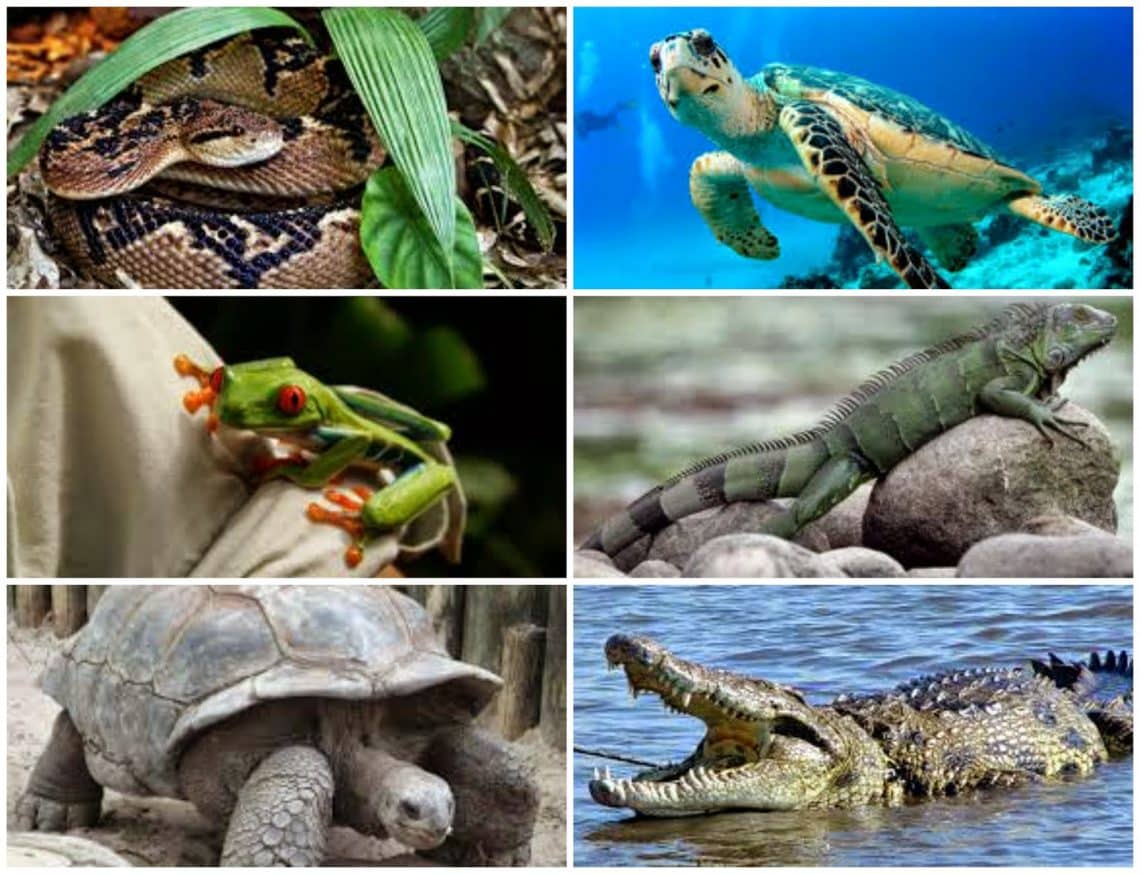
Reptile Characteristics
Reptiles, as we mentioned before, are a group of animals that have a great variety. Among this great diversity we can find lizards, snakes, turtles and even crocodiles. This type of animal can be found both on land and in water, which can be salty, sea, or fresh; such as rivers, lakes, among others. Reptiles can be found inhabiting tropical forests, grasslands, deserts and even the coldest areas that can be found on the planet.
The characteristics that will define this type of animal species is what has led them and has even allowed them to inhabit a great diversity of ecosystems. Next, we will detail the most outstanding characteristics that reptiles have and which make them such extraordinary creatures:
Reproduction
This great diversity of species that belong to this group of animals are characterized by being oviparous. By this we mean that they lay eggs, but there are some exceptions where they are ovoviviparous, meaning some snakes give birth to their fully formed young. As for fertilization, it will always be internally. The eggs will be characterized by having a hard or even parchment-like shell. As for the reproductive organ of females, that is, their ovaries, they will be found "floating" in the abdominal cavity. These also have a structure called the Müllerian duct that will secrete the shell of the eggs.
Skin
One of the characteristics that most stands out in this species of animal is that in these there are no mucous glands in their skin to protect it, they will only have epidermal scales. These scales can be located throughout your skin in different ways; such as side by side, overlapping and other types of layout. These scales will allow you to leave a mobile area between them, this area is known as hinges, this will allow you to make movements.
Beneath these interesting epidermal scales, we will find the bone scales known as osteoderms, which will have a function that allows their skin to be much more robust. When this species of animal sheds its skin, it will not be made in small pieces but, on the contrary, it will be in one piece, "shirt type". This is only going to affect the epidermal part of your skin.
Respiratory System
If we analyze the characteristics of these amphibians we will observe that their breathing is going to take place through their skin and the lungs are going to be a bit septate. By this we mean, they are not going to have many bypasses for gas exchange. When we talk about reptiles, on the other hand, this septation will increase, this is what will cause them to produce a certain noise when breathing. The latter happens very frequently in all lizards and even in crocodiles. Another characteristic that will stand out in reptiles is that their lungs will be crossed by a kind of conduit that takes the name mesobronchus, which will have bifurcations where gas exchange will take place.
Circulatory system
As for their heart, with a big difference between mammals or birds, reptiles will only have one ventricle. Most of the time these various species begin to septate, but it is only in the crocodilian species of this group of animals that the ventricle is fully septate. In addition, in this species the heart will have a hole-shaped structure that will take the name of Paniza's hole.
This structure will allow the right part of the heart to connect with its left part. Apart from this function already explained, we can find another function which allows the reptile to "recycle" its blood when the animal is underwater and does not want or cannot come to the surface to breathe. This is one of the characteristics of reptiles that is very advantageous for them.
Digestive system
When we talk about the digestive system of this species of animal, we can say that it is very similar to that of mammals. This system will begin with the mouth, which may or may not have teeth, then the esophagus, the stomach, the small intestine (which is very short in those carnivorous reptiles) and finally the large intestine that will spill into the "sink". You should know that this species of animal, reptiles, do not chew their food. This is why those species that are going to feed on meat have a greater production of large amounts of acid in their digestive tract.
This acid will allow them to digest, which is why this process can last several days. An interesting fact regarding the characteristics of reptiles is that some of these species ingest stones of various sizes, this will allow them to crush food when they are in the stomach. This data is the result of an investigation carried out in order to know your digestive system.
We can also mention as one of the characteristics of reptiles that have poisonous teeth. We can mention as an example the snakes and even 2 species of lizard belonging to the family of Helodermatids located in Mexico. These two species of lizards, which are characterized by being really poisonous, will present some salivary glands known by the name of Durvernoy. They have a couple of grooves to be able to produce a highly toxic substance that will immobilize the prey. These venous teeth are divided into several types, which are:
The aglyphic Teeth: which are characterized by being without channel. Then there are the opisthoglyphic teeth, which are located in the back of the mouth, which have a channel through which the poison passes. The opisthoglyphic teeth, are found, like the last type of teeth, in the back of the mouth, it also has a channel through which the poison passes. The protoroglyphic teeth that are located in the anterior part and have a channel. Last but not least we find the solenoglyphic teeth, these teeth are only going to be found in vipers. These teeth are going to be characterized by having an internal conductor, they also have the ability to move forwards and backwards, they are considered much more poisonous.
Nervous system
We must take into account that, although in appearance the nervous system of this species is anatomically the same as the nervous system of mammals, that of reptiles tends to be much more primitive. An example of this is the brain of reptiles, this will not present any convolutions, that is what those normal grooves of the brains are called. These will serve to increase the surface without enlarging the two hemispheres, this one is much more developed as are its optic lobes.
Many studies have shown a very particular trait within the characteristics of reptiles, which is that this species has a third eye, which will be a light receptor. This receptor will communicate with the pineal gland, which will be located in the brain of the reptile.
Excretory system
Reptiles, as well as the great variety of animals, will have two kidneys that are responsible for making urine and filtering all the toxins from it. These animals will have a bladder which will store urine and then eliminate it through what is called the "cloaca". But there are exceptions in this species, where they do not have a bladder, but instead of storing urine, they will eliminate it directly through the "cloaca". This is one of the little known characteristics of reptiles and is the subject of many studies.
Due to their way of making urine, it has been considered that those aquatic reptiles will produce much more ammonia than normal. But this is going to be diluted thanks to the water they drink almost constantly, so its accumulation is not toxic for this type of species since it is immediately eliminated. But when it comes to terrestrial reptiles, with less access to water, they have the ability to transform ammonia into what is known as uric acid which does not need to be diluted. It is for this reason that urine in terrestrial reptiles is much denser, pasty and white in color.
Food
Another of the characteristics of reptiles that we can talk about this species of animal is that they can be herbivores or carnivores. As for carnivorous reptiles, they have very sharp teeth, an example of this is the teeth of crocodiles, we also find the poisonous teeth of snakes or even the closed beak like that of turtles. We find other reptiles belonging to this species of carnivorous animal, where their diet is based on insects, such as chameleons and geckos.
On the other hand, we have reptiles that are of the herbivorous type, which will only eat a wide variety of fruits, vegetables and herbs. This type of reptile species is characterized by not having visible teeth, but this does not mean that they are not less ferocious. The jaws of this species of animal possess incredible strength. At the time of feeding, they will completely tear off the piece of food and then proceed to swallow it completely. It is normal for this type of animal to eat stone to help with digestion.
Other features
In the content that we have already exposed before, we have explained the characteristics of the most common reptiles, regarding their anatomy, their diet, their breathing, their cardiovascular system, as well as other main characteristics. But it is in this part of the article where we will talk about the most curious facts about reptiles, these are the following:
Reptiles Have Short or Missing Limbs
Usually reptiles are going to have very short limbs. Some animals of this species, such as snakes, will not have legs. These types of reptiles are the ones that have the ability to glide along the ground. Another type of reptiles that have long limbs are aquatic.
They are ectothermic animals
These characteristics of reptiles are very peculiar, since these animals are ectotherms. By this we mean that they are not able to balance their body temperature on their own, but will depend on the temperature of their environment. This feature of ectotherms is closely linked to selector behaviors. An example of this is that reptiles are a species of animal that like to spend their time in the sun. For very long periods, they prefer to perch on hot rocks.
This species of animal has its instincts regarding its temperature and since it cannot regulate them by itself, they must find it in the way we have already explained. But in the case where they feel that their body temperature has risen a lot, they decide that it is time to get out of the sun. Another characteristic of reptiles is that if they are located in some regions of the world where their winters are very cold, the reptiles will hibernate.
Vomeronasal or Jacobson organ
The Vomeronasal organ or as it is also known as Jacobson's organ which serves to identify certain substances, such as pheromones. Apart from this, through their saliva, both gustatory and olfactory impressions are impregnated. By this we mean that both the sense of taste and smell are given through the mouth.
Heat Receiving Nasal Pits
There is a small and select group of reptiles that have the ability to capture different temperatures, where they will show up to a 0.03ºC difference. These pits will be located on the face of the reptile, you can find between 1 and two pairs. But there are some exceptions where up to 13 pairs of pits can be found.
Within each of these pits you can find a double chamber that will be separated by a membrane.
If there is an animal that will become warm-blooded prey in the vicinity. In the first chamber, the air that is in it will increase and the membrane that separates both chambers will stimulate the nerve endings. This will notify the reptile of the presence of a future prey, so that it can later hunt it down.
Reptile Classification
Reptiles can be said to be vertebrates that originate from a group of fossil reptile amphibians known as diadectomorphs. The origin of these first species of reptiles occurred when the Carboniferous era occurred, in which there was a great variety of foods. After these events, the reptiles evolved into the reptiles that exist today. The current ones are classified into 3 groups, this is due to the presence of temporary openings. By this we mean that they will have holes in their skull to help them reduce their weight. These types of reptiles are:
synapsids
This type of reptile species has many similarities with the other mammals and that originated them. This type of reptiles will present a single temporary window, with the difference of the others found in this classification.
Testudineans or Anapsids
These types of reptiles are the ones that give rise to what are known today as turtles. Unlike the other types of reptiles, these will not have temporary windows.
Diapsids
This classification of reptiles is divided into two groups these will be; the archosaurs, which make up this group are all species of dinosaurs, which were both birds and crocodiles. The second group that conforms to this classification are the lepidosauriomorphs who gave rise to lizards, snakes and other reptiles.
Types of Reptiles and Examples
We have already explained and mentioned the classification of the reptiles that have given rise to the evolved reptiles, that is, to the current reptiles. This is how today we have 3 main types of reptiles, these are the following:
Cocodrilos
Among this type of reptiles we can find crocodiles, alligators, alligators and alligators. The best known animals of this type are the following: The American Crocodile, the Mexican Crocodile, the American Alligator, the Spectacled Caiman and finally the Black Alligator.
Squamous or Squamata
In this type of reptiles we can find snakes, lizards, iguanas, blind snakes. The most relevant species that we can find in these types are the following: the Komodo Dragon, the Marine Iguana, the Green Iguana, the Common Gecko. We can also find the Green Tree Python, the Blind Shingles, the Yemen Chameleon, the Australian Thorny Devil, among other species.
turtles
This type of reptiles will correspond to turtles and within this species we can find both aquatic and terrestrial turtles. As is the Moorish Turtle, the Russian Turtle, the Green Turtle, the Loggerhead Turtle, the Leatherback Turtle and last but not least the Snapping Turtle.
If you were interested in this article on the Characteristics of Reptiles, I invite you to also continue reading on the following topics:
